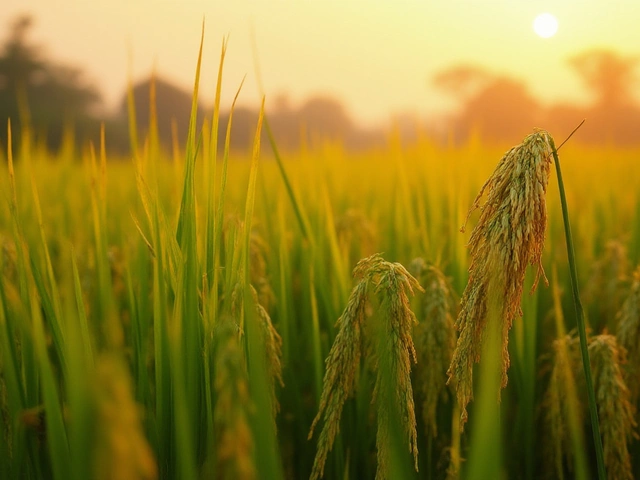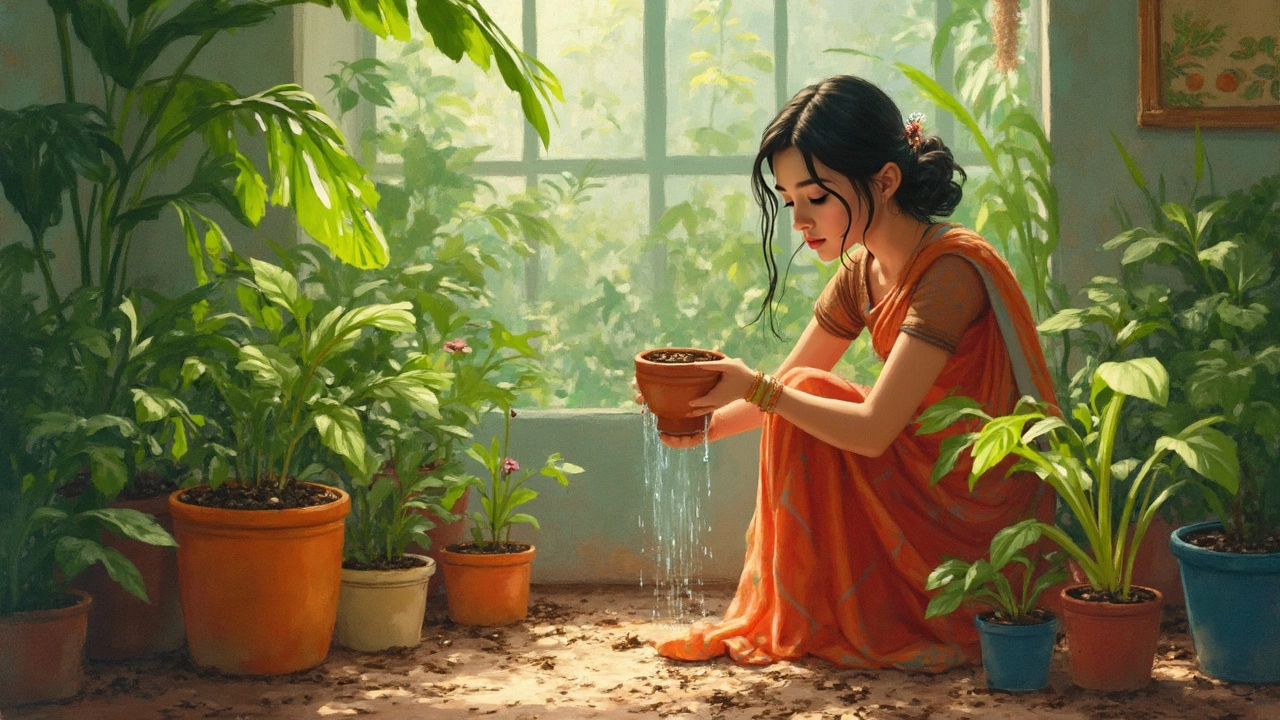Underwatering Signs: Spot the Telltale Symptoms Before Your Plants Suffer
Ever walked past a plant and wondered why it looks sad? Most of the time it’s just thirsty. Recognising the first signs of underwatering can save you a lot of heartache. Let’s break down what to look for and how to act fast.
Common Signs of Underwatering
First up, the leaves. When a plant isn’t getting enough water, its leaves start to curl, turn brown at the edges, or feel crispy. Indoor plants often show the effect sooner because the air inside dries out quickly.
Next, check the soil. If it’s pulling away from the sides of the pot or feels hard to the touch, the roots aren’t getting moisture. A simple finger test – stick a finger about an inch deep – will tell you if it’s bone‑dry.
Stunted growth is another clue. Plants that never seem to get bigger or produce new leaves are probably holding back because of water stress. You may also notice that the plant drops its lower leaves first; they act like a warning system.
Finally, look at the overall vibe. A droopy stance, like a tired person leaning forward, often means the plant is desperate for water. Even if the soil looks fine, the plant’s posture can give it away.
Quick Fixes and Prevention
When you spot any of these signs, the first step is a deep watering. Pour water until it drains out of the bottom holes. That ensures the root zone gets fully saturated.
After watering, let excess water drain away – standing water can cause root rot, which is the opposite problem. Make sure your pot has good drainage and avoid leaving trays full of water.
To avoid future underwatering, set a reminder based on your plant’s needs. Succulents may need water every two weeks, while tropical houseplants often like a moist topsoil every few days.
Using a moisture meter or a simple wooden stake can help you gauge soil wetness without guessing. Stick the stake in, wait a minute, and check if it’s damp.
Consider the environment too. Warm rooms, direct sunlight, or heaters speed up water loss. Moving a plant a little farther from a heat source can reduce the frequency of watering.
If you’re busy, set up a self‑watering system or use a pebble tray. Both keep the soil consistently moist without overwatering.
Remember, the goal is steady, not frantic watering. A plant that gets a little water regularly will bounce back faster than one that’s drenched once and left dry for weeks.
Keep an eye out for those tell‑tale signs, act quickly, and you’ll see your garden perk up in no time. Happy watering!
Spot Overwatering vs Underwatering: Your Indoor Plant's Vital Signs
Not sure if your plant is thirsty or drowning? This guide will help you read the signs of overwatering and underwatering, ensuring your indoor jungle thrives. Understand the symptoms, investigate potential causes, and learn practical tips to balance moisture for healthy plant growth. You’ll discover how simple it is to connect with your plants and provide the care they need to flourish. With a little attention and observation, you'll become the go-to plant doctor in your home.
About
Indoor Plant Care
Latest Posts
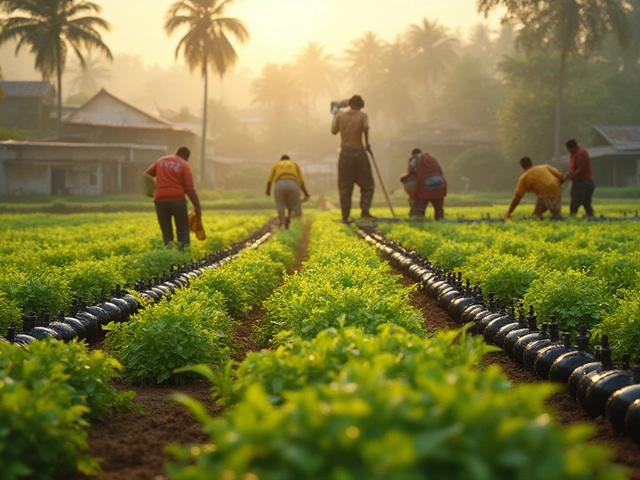

How to Safely Stabilize Sloped Soil for Terrace Gardening
By Alden Thorne Mar 9, 2025
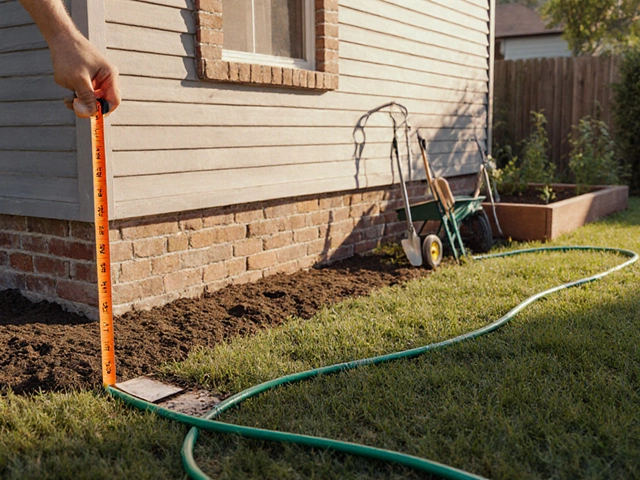
How Far Should a Garden Be From Your House? Practical Setback Guidelines
By Alden Thorne Oct 20, 2025
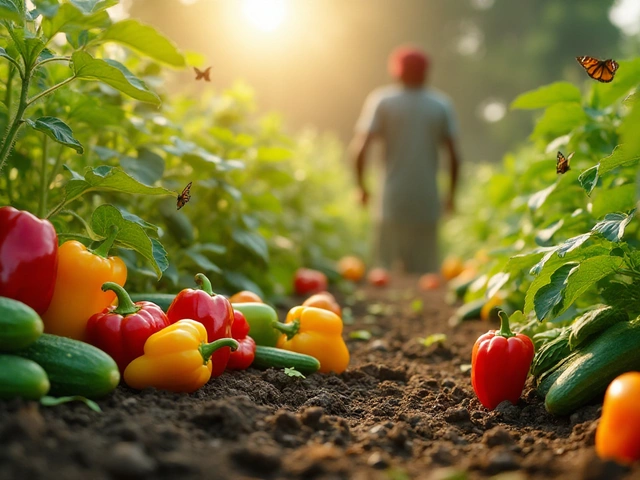
Companion Planting: Growing Peppers and Cucumbers Together
By Alden Thorne Jan 6, 2025
